Post station for farmers: learning freshwater crayfish culture techniques there is a guarantee for lobster culture to get rich next year
Hefei is a famous land of fish and rice in China. Chaohu Lake, one of the five largest freshwater lakes in China, has a large water area of 153000 hm2. Hefei is rich in water resources and is a big fishery city in Anhui Province. Changfeng County, Feixi County, Feidong County, Chaohu City and Lujiang County won the title of "2013 Anhui Fisheries County", and Changfeng County was selected as Anhui Fisheries County for the first time. According to the practice of aquatic technology for many years, the lobster culture technology was summarized.
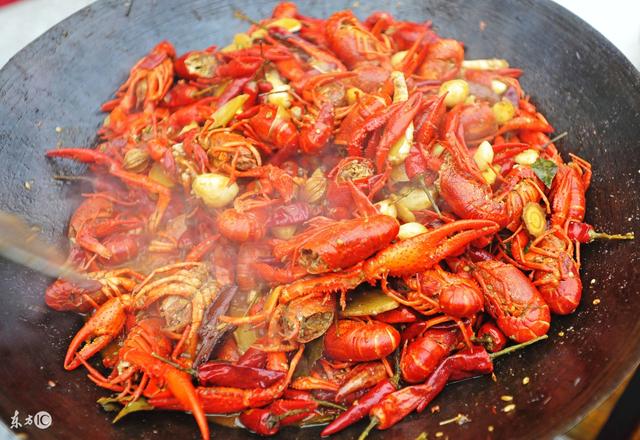
1 preparation of culture facilities
For the pond, the depth is 1 ~ 2 m and the area is 3 335 ~ 6 670 m ~ 2. The bottom of the pond is flat and the loam is better. The soil quality is hard and the water level is easy to be controlled. For pond water, it is required that there is no pollution, the canal can be discharged and irrigated, according to the principle of high irrigation and low discharge, and the water retention of the pond is better. In addition, because crayfish are easy to escape, anti-escape facilities are usually built with calcium plastic or plastic film, and anti-escape nets are surrounded by wooden or bamboo piles around the pond. The height of the fence is 60-70 cm and is buried in the ground for about 20 cm.
2. Clear the pond and disinfect
There are two methods to disinfect the pond: one is to disinfect the bleach with the dosage of 450kg/hm2, then spray the whole pond after the bleach is dissolved completely, and the other is to spray the quicklime in the whole pond after disinfecting the quicklime with the dosage of 750 kg/hm2 and 1500kg/hm2, and then spraying the whole pond after melting the quicklime, stirring the bottom of the pond on the second day, and drying the pond after 3days.
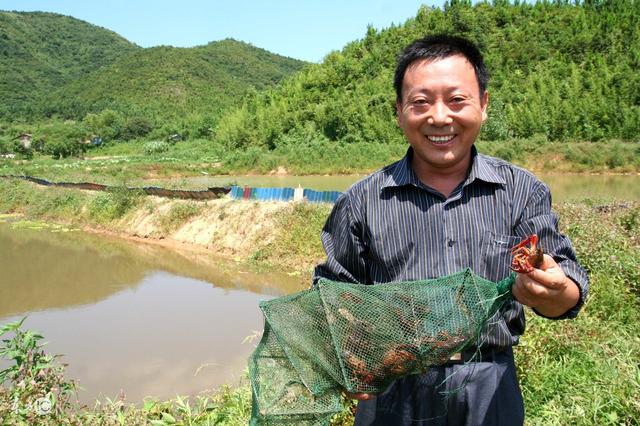
(3) apply sufficient base fertilizer
The application of sufficient fertilizer has two effects: on the one hand, it can promote the reproduction of zooplankton and algae, plankton can be used as bait for shrimp seedlings, can promote the growth of shrimp seedlings [2]; on the other hand, it can stabilize water quality. However, attention should be paid to the amount and methods of fertilization, and the correct application method is to bury the fertilizer in the mud at a depth of 15-20 cm, which should not be directly sprinkled into the pond water to avoid water pollution. If there is less silt in the pond or more should be applied in the newly opened pond, apply 1 500 to 4 500 kg/hm2;. If the silt in the pond is thicker, do not apply or apply less. The best kind of fertilizer is bio-organic fertilizer, followed by cow manure, chicken manure or pig manure.
Planting aquatic plants in the pond plays an important role, first, aquatic plants can be used for crayfish to perch and climb, play a role in optimizing ecology and greater concealment, and reduce bullying; second, aquatic plants can be used as feed for crayfish, and the coverage of aquatic plants in the pond is not less than 60%; third, it can purify the water body, balance the water environment, absorb harmful substances in the water body, and prevent wind and waves [3]. There are water hyacinth, water peanut, bitter grass, Ellosia, rhombus, verticillata and other aquatic plants. The planting area of aquatic plants should account for 50% of the pond area, and if possible, you can put some tree roots, bamboo tubes, empty cans and so on at the bottom of the water body, which are the favorite habitats of crayfish.
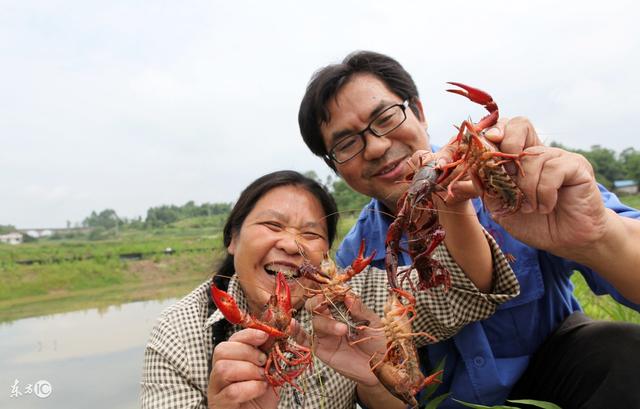
5 Shrimp seedlings and shrimp breeding
Summer stocking is mostly adopted in Changfeng County, which takes place in the middle and late July, with the first batch of hatched shrimp in the same year, with a stocking capacity of 450000 ~ 600000 pieces / hm2 and a specification of more than 0.8 cm.
Attention should be paid to the following points for shrimp fry restocking: first, in order to kill pathogenic bacteria and parasites, use 3% 5% salt water bath for 10 min; before stocking; second, for shrimp species purchased from other places, soak for 1 min, and then lift and shelve 2: 3 min, so as to improve the survival rate; third, for summer stocking, you can choose to carry out in rainy days or sunny mornings to reduce sun exposure. Fourth, in order to improve the water quality of the pond and make full use of bait resources, silver carp and bighead carp can be released in the pond [4].
6. Scientific input.
First, feed the crayfish according to their living habits. As most crayfish like to be active at night, they are fed once in the morning and once in the afternoon, accounting for about 70% of the total food intake. When feeding, quantitative, regular and qualitative feeding methods are adopted to ensure adequate feeding, ensure that each shrimp is well fed, and reduce the competition among young shrimps. Second, feed according to the requirements of crayfish at different developmental stages. First, juvenile shrimp, juvenile shrimp stage. This stage mainly feeds on aquatic insect larvae and Cladocera, rotifer, copepod, etc.; the second is the adult stage. Feed on plant feed and animal feed. In addition, during the crayfish growing season from August to October, feed more green feed and bean cake, and properly feed some animal feed; in winter, it is mainly animal feed, and after the crayfish is released, it is necessary to fertilize and improve the water quality [5]. Third, feed according to weather conditions and changes in water quality. The suitable growth temperature of crayfish is 2032 ℃, May-June or August-October, crayfish need a large amount of food, feed more dry feed or mixed feed. However, in case of continuous rainy days or excessive water quality, feed less; feed more when the weather is fine; feed less when crayfish molt, and feed more after molting [6].
7 daily management
One is to carry out inspection every day to deal with the abnormal situation in time, the other is to regulate and control the water quality by changing the water every 15-20 days, keeping the pH value at 7.0-8.5, and spraying quicklime water every 20 days with a dosage of 150 kg/hm2. At the same time, keep the water level stable, can not suddenly high and low; third, for the molting site management, a large number of shrimp molting strictly prohibited interference, and increase palatable feed to prevent each other from killing each other.
- Prev
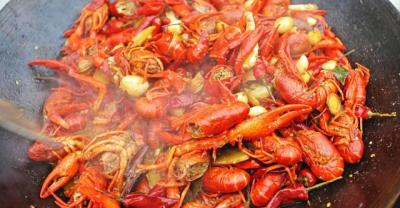
Want to raise goats to make money? Look, there are several key points for large-scale goat breeding!
Abstract: goats do have a strong ability to resist disease, and they are generally not easy to get sick, even if they suffer from the disease, it is often not easy to be found at the initial stage of the disease.
- Next
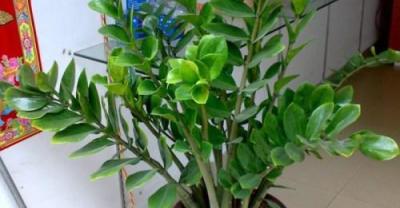
Rural farming crucian carp, farmers need to know the management of these five farming methods!
As people continue to be optimistic about the aquaculture industry, many farmers begin to breed crucian carp, crucian carp is no stranger to our peasant friends, but for.
Related
- On the eggshell is a badge full of pride. British Poultry Egg Market and Consumer observation
- British study: 72% of Britons are willing to buy native eggs raised by insects
- Guidelines for friendly egg production revised the increase of space in chicken sheds can not be forced to change feathers and lay eggs.
- Risk of delay in customs clearance Australia suspends lobster exports to China
- Pig semen-the Vector of virus Transmission (4)
- Pig semen-the Vector of virus Transmission (3)
- Five common causes of difficult control of classical swine fever in clinic and their countermeasures
- Foot-and-mouth disease is the most effective way to prevent it!
- PED is the number one killer of piglets and has to be guarded against in autumn and winter.
- What is "yellow fat pig"? Have you ever heard the pig collector talk about "yellow fat pig"?

